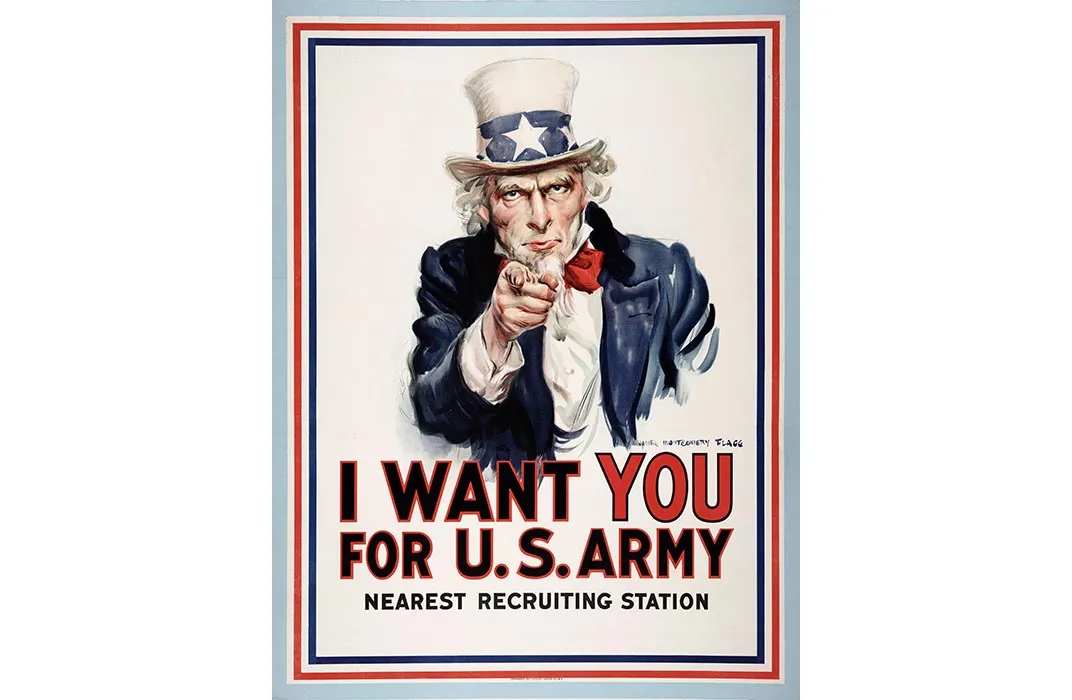The Black Plague, also known as the Bubonic Plague, occurred during the 14th century and lasted from 1346 to 1353. It killed 1/3 of Europe's population, 25 million people. Although they didn't have advanced medicine, they still implemented the idea of quarantine. The first city to have it implemented was Ragusa, which is modern-day Dubrovnik in Croatia.

A miniature from a 14th century Belgium manuscript showing people burying the dead from the Black Death in Tournai, Belgium.







